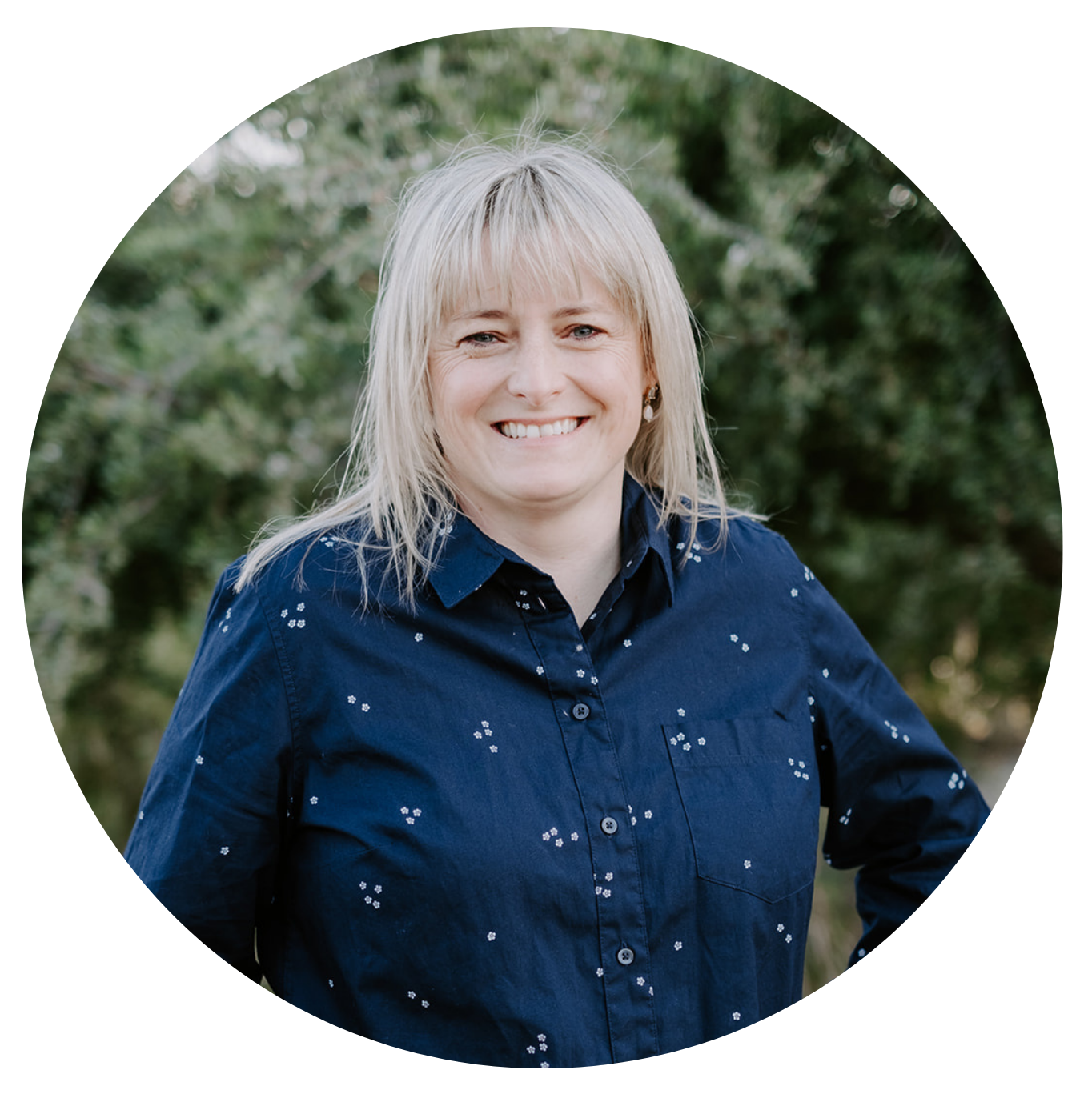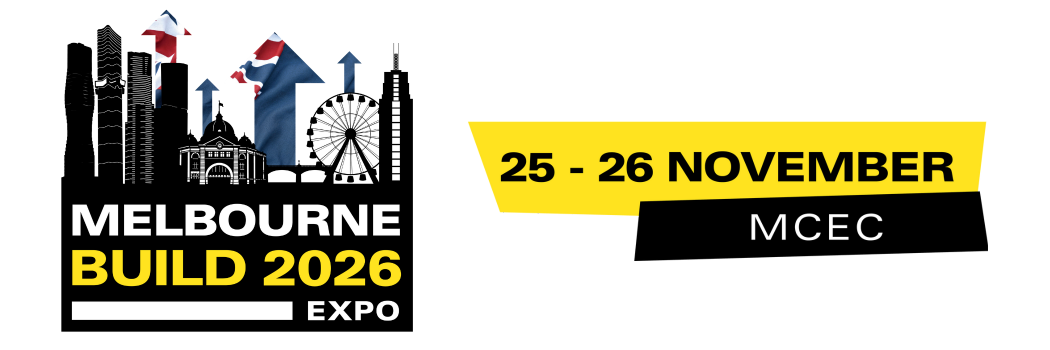Why Getting a Builder on Board Early Can Save You Time, Money & Stress
)
When I work with clients on their new home, I always say this: the earlier we get the right people around the table, the smoother, more cost-effective, and less stressful your project will be.
And when I say “the right people,” I mean your builder, key consultants (like an energy modeller, passivhaus consultant, structural engineer or mechanical ventilation expert), and anyone else who will play a critical role in the success of your home.
This is especially true if you’re building a high-performance home or a Passive House, where every detail matters and coordination from day one can make or break the project.
The Traditional Approach – and Its Pitfalls
Typically, the sequence looks like this:
- You work with your designer or architect to create a concept.
- Once you’re happy, the drawings are developed into a detailed set for construction.
- Tender documents are prepared and sent to multiple builders for pricing.
- You compare quotes, select a builder, and only then does the collaboration begin.
On the surface, it sounds logical — design first, then find a builder. But in reality, this often means:
-
Budget shocks — you discover the design is well beyond what you wanted to spend.
-
Delays — you need to redesign or value-manage the project, which means more time and more fees.
-
Lost opportunities — you miss out on early input from the people who will actually build your home.
But there's another problem: by the time you have finally selected a builder after the tender process, it’s not uncommon to discover that they might favour other materials, finishes, or construction techniques.
They might, for example, want to change your floor, wall, or roof setup — or suggest alternative approaches to improve construction flow, reduce complexity, or cut costs.
Or, they might not be familiar with a particular material or design solution your designer has specified, and add a huge margin to cover the risk of the unknown.
And if you’re building a high-performance home or Passive House, you could face an even bigger issue: a builder who isn’t accustomed to that type of construction, and, for fear of making a costly mistake, prices it conservatively (and expensively).
By that stage, changes can be costly, stressful, and time-consuming — and sometimes they can even compromise the performance of your home.
Why This Matters Even More for High-Performance & Passive House Homes
When you’re building a Passive House or any high-performance home, there’s far less margin for error.
Every detail — from airtightness to thermal bridging to the way ventilation ducts are routed — needs to be considered from day one.
Early involvement means your builder understands exactly why certain details matter, and can plan their construction sequence accordingly. It also allows for collaborative problem-solving, where your designer and builder work together to find smarter, more cost-effective ways to achieve the same results — without compromising quality or performance.
The Benefits of Early Builder Involvement
When we involve builders early in the design process at reimagined habitat, here’s what happens:
- Real-time cost feedback: We can check early on whether the design aligns with your budget, so there are no nasty surprises later.
- Material and technique optimisation: Builders can share their preferences and experience with certain materials or methods, and we can decide together whether these changes make sense.
- Better project flow: Construction sequences can be refined in advance, avoiding delays and costly on-site changes.
- A stronger team relationship: By the time construction starts, you’ve already built rapport and trust with your builder.
If the initial estimate comes in too high, we can adjust before detailed drawings and engineering are done, saving both time and money. This can mean changing materials, simplifying details, or revisiting the scope — all while keeping performance goals intact.
Choosing the Right Builder
Here’s my biggest piece of advice: never just pick a few local builders at random and request quotes.
Instead:
- Work with builders who come highly recommended — either by your designer, other trusted professionals, or people you personally know.
- Look for a track record in sustainable or high-performance builds.
- Don’t be afraid to ask about their experience with Passive House or similar projects.
Tendering to the wrong builder can look cheaper up front but cost far more in changes, delays, or performance compromises later.
Why It’s Not Just the Builder Who Matters
This approach isn’t just about builders — it’s about assembling the right team early on.
For high-performance homes, you’ll often also need:
- An energy rather or passivhaus consultant who understands low-energy design.
- A Passive House certifier (if you’re pursuing certification).
- A structural engineer familiar with airtightness and thermal bridge-free construction.
Having these people involved early ensures that the design is fully coordinated and that the construction team understands how each element supports performance.
The Bottom Line
Involving your builder (and other key consultants) early:
- Saves you time by avoiding unnecessary redesigns.
- Saves you money by identifying cost issues before documentation is complete.
- Saves you stress by ensuring everyone understands the vision from the outset.
When building a home — especially a high-performance or Passive House — collaboration is everything.
The earlier you bring your team together, the smoother, more cost-efficient, and more enjoyable your journey will be.
About the Author
 Simone Schenkel is a certified Passivhaus designer with a passion for creating healthy, sustainable homes. Originally from Germany, she was shocked by how thermally uncomfortable Australian homes were when she moved here in 2007. Since completing her Passivhaus training in 2017, she has worked on many successful projects—including the Binowee Hemphaus, the first certified hempcrete Passivhaus in the southern hemisphere, and possibly the world.
Simone Schenkel is a certified Passivhaus designer with a passion for creating healthy, sustainable homes. Originally from Germany, she was shocked by how thermally uncomfortable Australian homes were when she moved here in 2007. Since completing her Passivhaus training in 2017, she has worked on many successful projects—including the Binowee Hemphaus, the first certified hempcrete Passivhaus in the southern hemisphere, and possibly the world.
Simone is now the Principal Designer at reimagined habitat, where she leads the design of homes that are affordable, healthy, and built for future generations. A regular speaker at events, webinars, and podcasts, she is driven by a clear mission: to make energy-efficient homes a staple in the Australian landscape.
She believes everyone deserves to live in a healthy, sustainable home, and is committed to designing spaces that are beautiful, high-performing, and don’t cost the earth. Simone looks forward to continuing to raise awareness and promote positive change across the industry.
Melbourne Build is the leading and largest construction trade show for Melbourne and Victoria, taking place October 22nd & 23rd 2025 at MCEC. Featuring two jam-packed days of knowledge-sharing, 450+ expert speakers across 12 conference stages, a 175+ booth exhibition, Meet the Buyers, business networking, live music, entertainment and so much more! Don’t miss out on free tickets.

